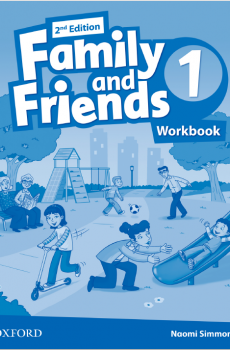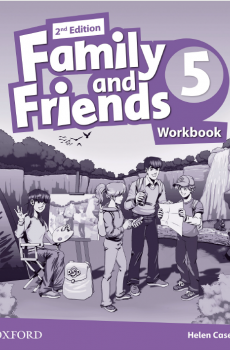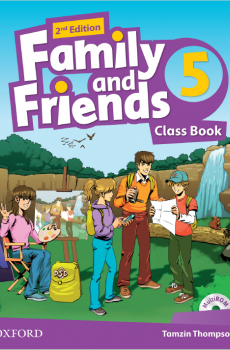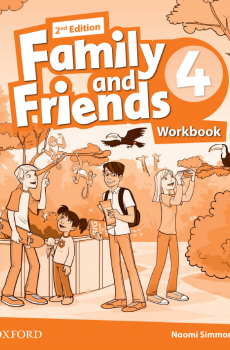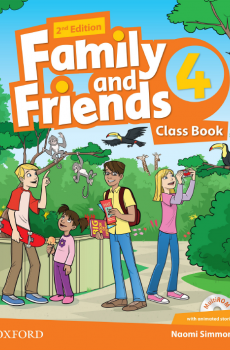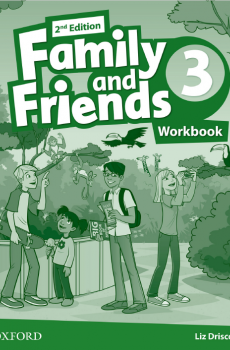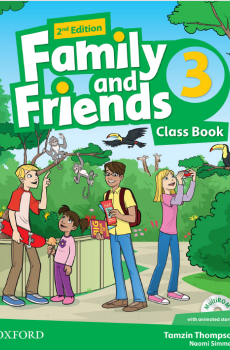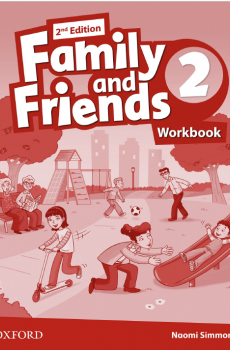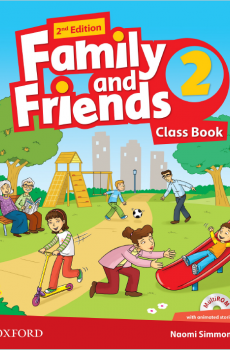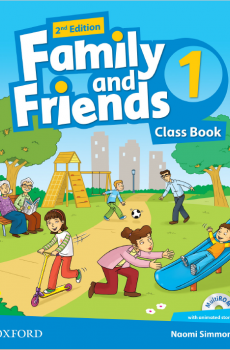Drama Techniques - Giảng Dạy Qua Kịch (MS-377)
Drama Techniques - Giảng Dạy Qua Kịch (MS-377)
Đăng nhập để đọc sách và tải về file pdf miễn phí
| Nhà xuất bản | Cambridge University Press |
|---|---|
| Nhà xuất bản sách tiếp cận | Trung Tâm Vì Người Mù Sao Mai |
| Năm xuất bản | 2005 |
| Coppy right |
Chapter 1. Getting ready
Non-verbal warming-up activities
1.1 Handshakes
1.2 Hand catching
1.3 Mirror hands
1.4 Numbers in your head
1.5 Clap around the circle
1.6 Swings
1.7 Catch the ball
1.8 Beat out that rhythm
1.9 Touch it
1.10 Blind
Non-verbal cooling-down activities
1.11 Breathing
1.12 Feeling my space
1.13 Feeling your muscles
1.14 From seed to plant
1.15 Slow motion
1.16 Just relax
1.17 Directed relaxation
1.18 Going with the flow
Verbal exercises
1.19 Football wave
1.20 Can you do this?
1.21 The sun and the moon
1.22 Back writing
1.23 Gobbledy-gook
1.24 And I’m a butcher
1.25 Let me tell you something about X
1.26 Something in common
1.27 Directed group visualization
1.28 Childhood memories
1.29 Personalities/celebrities
Group formation activities
1.30 Strings
1.31 Atom 3!
1.32 Mix and mingle
1.33 I’ve got my eye Oil you!
1.34 I know what I like
Chapter 2. Observation
2.1 Freeze!
2.2. Back-to-back
2.3 Say ‘Cheese’
2.4 Just listening
2.5 I said, he said, she said...
2.6 Minimal differences
2.7 My potato
2.8 Kim’s game
2.9 Familiar scenes
2.10 Like me? Like you?
2.11 First this, then that...
2.12 Picture memory
Chapter 3. Working with mime
3.1 What am I doing?
3.2 My word
3.3 Metronome mime
3.4 Difficulty with large or small objects
3.5 Exchanging objects
3.6 Taste, touch, smell...
3.7 What time of day is it?
3.8 Mimes from the past
3.9 Miming a poem
3.10 Miming noises
3.11 Normal, slow, fast
3.12 Hotel receptionist
Chapter 4. Working with the voice
Preparing for voicework
4.1 Relaxation
4.2 Physical warm ups
4.3 Breathing
4.4 Warming up the voice
4.5 Preparing the articulators
4.6 Volume
Working with the voice
4.7 Thinking about my voice
4.8 Changing voices
4.9 Delayed repetition
4.10 Working on words
4.11 A vocal tapestry
4.12 Shifting the stress
4.13 Listing
4.14 Elastic sentences
4.15 Playing with the text
4.16 Listen to me!
4.17 Group orchestration of texts
Chapter 5. Working with objects
5.1 What am I holding?
5.2 My special object, your special object.
5.3 Metamorphosis
5.4 The envelope
5.5 The all-purpose object
5.6 Stone, wood and metal
5.7 It meant a lot to me...
5.8 Fashion show
5.9 Where did you get that hat?
5.10 Masks
5.11 What am I bid?
5.12 Symbols and icons
5.13 Who’s the owner?
Chapter 6. Working with visuals
6.1 Self-portraits
6.2 Identikit
6.3 From my album
6.4 Space invaders
6.5 High points
6.6 Portraits
6.7 Becoming a picture
6.8 Bringing a picture to life
6.9 Picture sets
6.10 Faces and places
6.11 Split cartoons
6.12 Mood pictures
6.13 Pictures from music
6.14 Recreating the scene
6.15 Guided visualization
6.16 Characters from fiction
Chapter 7. Working with the imagination
7.1 Something in common
7.2 Statues
7.3 Amazimbi
7.4 Patent pending
7.5 Making a machine
7.6 Waking dream
7.7 Festival
7.8 It’s against the law
7.9 Time’s arrow
7.10 Our new constitution
Chapter 8. Working from/into words, phrases, sentences
8.1 My favourite word
8.2 The feel of words
8.3 Real English or not?
8.4 What’s in a name?
8.5 Words and movement
8.6 Tableaux
8.7 Praise songs
8.8 Group Story
8.9 Off the cuff
8.10 Mirror words
8.11 Charades
8.12 Split headlines
8.13 Split exchanges
8.14 People, places, problems and things
8.15 Odd news
8.16 Proverbs in action
8.17 First lines
Chapter 9. Working from/into texts
9.1 Mini-texts
9.2 What next?
9.3 Starters
9.4 Tops and tails
9.5 Jumbled stories
9.6 What are they saying?
9.7 Stop press
Chapter 10. Working from/into scenarios and scripts
10.1 One-word dialogues
10.2 Dialogue interpretation
10.3 Alibi
10.4 Just a minute
10.5 Telephone conversations
10.6 Conflict
10.7 Tension
10.8 The hole
10.9 Role reversal
10.10 A real bargain
10.11 Real theatre scripts
Chapter 11. Into Performance
Benefits from performance
How to tackle the ‘Play project'
Selecting a play
Getting to know the text
Warming up
Improvisation
Rehearsal
Involving everyone
A few practical considerations
Some possible sources for plays



